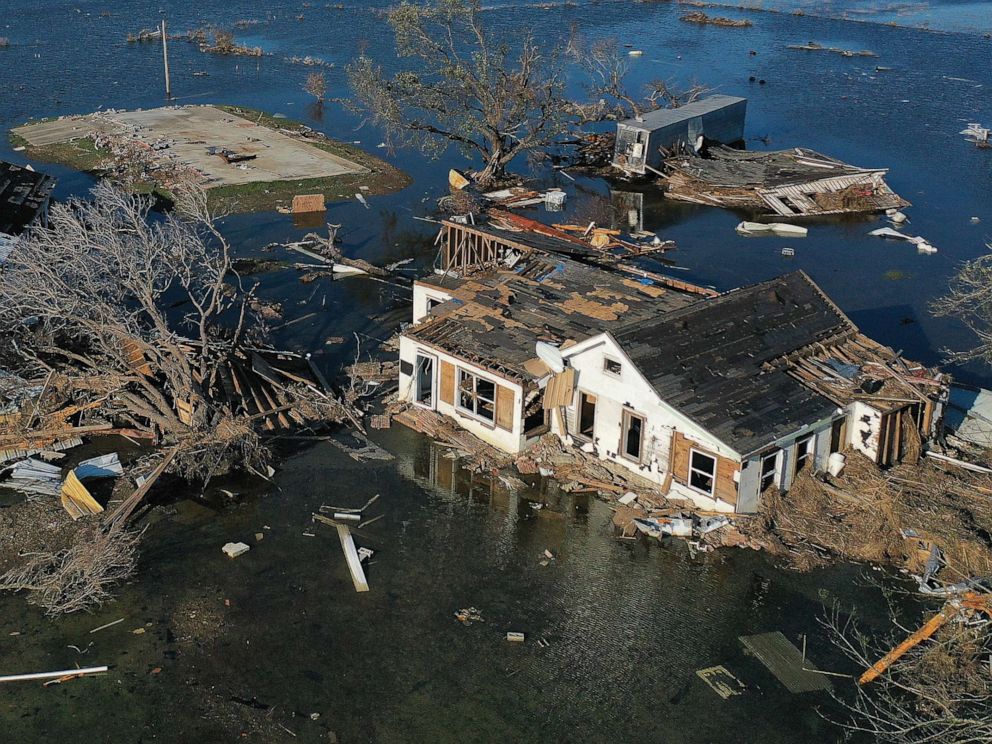

Home / Blog / Home Insurance / How Home Insurance Cost Are Rising As Climate Change Worsens

If paying for home insurance wasn’t already a thorn in your side, climate change is about to make that thorn a lot bigger. You might have already started feeling the effects: 90% of homeowners have seen an increase in premiums over the last year. And that increase isn’t insignificant: on average, premiums went up $134 according to this report.
Depending on where you live, that increase might have hit you even harder, with states prone to weather-related disasters seeing more substantial hikes in premiums.
So which weather-related risks are we talking about? Let’s dive into that, as well as what they mean for your wallet—and what exactly you can do to lessen the blow.
Free Home Insurance Comparison - Save up to 30%
No junk mail. No spam calls. Free quotes.
No Signup required
It shouldn’t come as a surprise to anyone that wildfires are increasing in ferocity across the U.S. In fact, over a third of the damage caused by wildfires over the last 42 years happened in the last five years alone.
On average, there are 70,000 wildfires each year that burn through an average of 5 million acres of land in the U.S. Western states like California, Oregon, Texas, Utah, Washington, and Montana are some of the states most susceptible to wildfires and saw the most acres burned in 2020.
What does that mean for you? It means that if your home is located in one of these states, you’re more at risk for wildfire and smoke damage each year. While wildfires are typically covered in home insurance, living in these states could cause your insurance premiums to jump or you might even be required to have separate wildfire insurance given the higher risk.
In fact, every home now has a wildfire threat score; a combination of property tax data, satellite imagery, construction type and weather helps determine how much of a risk your home is for wildfire.
The result of all this intel? At least 10 million properties ranked “major” or “extreme” for wildfire risk. At least 10 million properties are now more costly to insure.
The fact of the matter is that wildfires are expensive for homeowners and insurance companies alike. To put a price tag on it, the insured damage from wildfires in 2021 topped $5 billion, which makes seven consecutive years of more than $2 billion in yearly insured wildfire losses. Insurance providers have no choice but to pass that higher risk and cost onto homeowners, especially if the house is in an area prone to wildfires.
Most homeowners already know that home insurance typically excludes damage from flooding. The reason? Just a few inches of water can cause tens of thousands of dollars in flooding damage. Homeowners that want flooding insurance usually have to take out a separate policy to get coverage, but if they live in a high risk area for flooding, then flood insurance is often required.
It’s no secret that flood insurance is expensive. On top of your existing home insurance, a separate flood insurance policy can set you back anywhere from $600-$1200 per year, depending on where you live, your home, and more.
But the uncomfortable truth is that flood insurance is only going to get more expensive over the years thanks to climate change. To put it into perspective, the total expected losses from flooding in the USA is currently around $20 billion, but by 2051, that figure jumps 61% to $32.2 billion.
What exactly does that mean for your wallet? There are approximately 4.3 million homes across the U.S. with substantial flood risk that would cause financial loss. And if each of these homes had flood insurance, rates would need to increase 4.5 times over to cover this.
For many, such a significant jump in flooding insurance would prove to be financially prohibitive, leaving them exposed to significant financial loss should water levels continue to creep up—which they will, according to current climate data. In fact, research shows that moderate flooding will occur more than ten times as often as it does today by 2050.
So, what can homeowners do? We’ll dive into that next.
Free Home Insurance Comparison - Save up to 30%
No junk mail. No spam calls. Free quotes.
No Signup required
The reality is that things are going to change over the next few decades because of climate change, and that includes home insurance. With more and more weather-related disasters happening each year, homes are getting hit harder and insurance providers are footing the bill. Those costs are going to start being transferred to homeowners, but that doesn’t mean you won’t be able to afford to insure your home. Savvy consumers can find ways to save while mitigating their personal contributions to climate change. Let’s start today.
Free Home Insurance Comparison - Save up to 30%
No junk mail. No spam calls. Free quotes.
No Signup required
Hollay Ghadery Hollay Ghadery is a writer and editor who is passionate about financial literacy as a means to personal fulfillment. Hollay has over 18 years of experience creating content about a range of topics related to personal finance, including insurance, investing, banking, and credit cards. When Hollay isn't writing, she's spending time with her four children, two dogs, and three goats.